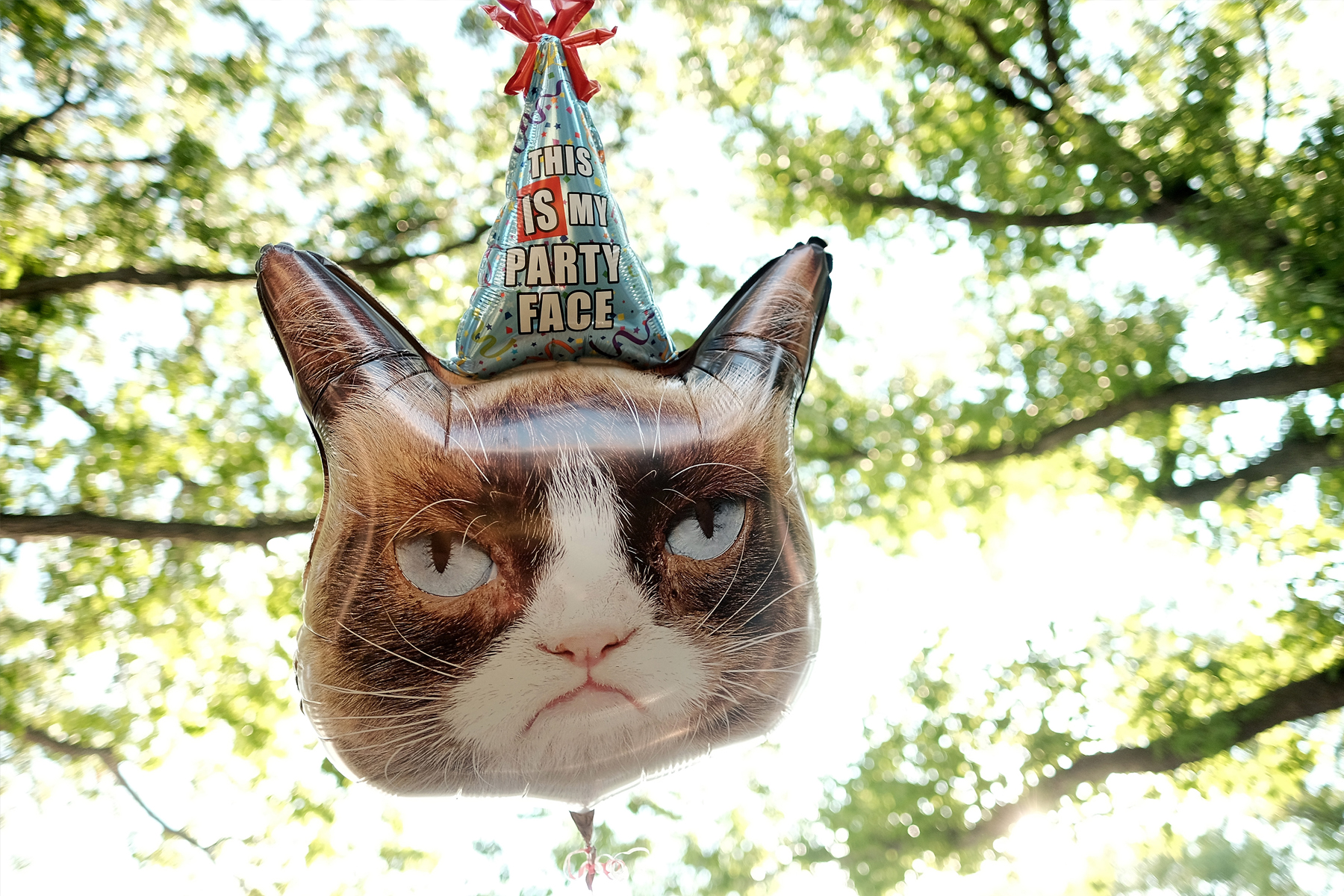The history of technology is the story of human progress. Every big advance opens up wonderful possibilities and poses pivotal questions. We all sense what a leap forward artificial intelligence (AI) could be. We’re optimistic about its potential but wary of any unintended consequences. At first glance, music may not be the obvious place to look for signposts of AI’s future. But think of the new worlds unlocked by the inventions like the printing press, phonograph, radio and internet. Each pushed music further and faster as an art form, and proved its power to drive the adoption of new technology. Music has often been the canary in the coal mine. AI is no different. Music has already given us glimpses of what this incredible technology can do when artists are on board — whether it’s musicians permitting fans to create new songs using replicas of their voices, artists’ estates empowering posthumous biopics featuring perfect replicas of late stars, or singers who have lost their voice to illness miraculously recording again. At the same time, we’ve witnessed the specter of AI’s possible downside for artists: vast scraping and copying of creative works, and the rise of deep fakes where artists’ voices, faces and identities are appropriated without their consent, to depict them doing, saying, and singing things that never happened. The starkly different positive and negative uses of AI that music is grappling with today represent two alternate versions of the future — with artists at the tip of the spear. …Four rules to make artificial intelligence work for humans

The Blog Experiment | Technology Nonsense and Internet Tripe
Hey you read it. We didn't make you read it.